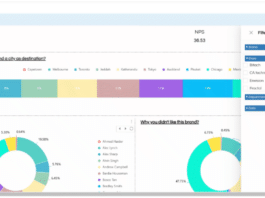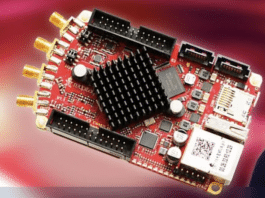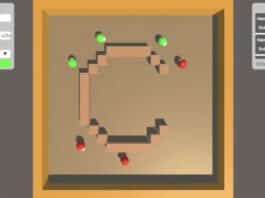The introduction of VectorBoostTM, an open source programme for the GiGAWireTM profile that controls crosstalk prevention in broadband access networks, has been announced by HomeGrid Forum. By utilising the GiGAWireTM profile, the initiative will hasten the development of network solutions based on ITU-T G.hn standards that are extended to the Multi Dwelling Units (MDUs) environment, including large apartment complexes and office buildings, as well as Single Family Units (SFUs) and Fiber Extenders scenarios. In order to accommodate numerous users using bundled wires, it has crosstalk mitigation and auto pairing features.
The G.hn Access feature known as VectorBoostTM enables twisted pair copper telephone wire to operate at its highest efficiency even when there is crosstalk from other subscribers in the same binder. It can run locally on a GAM (G.hn Access Multiplexer) or in the cloud, and it can guarantee the best resource distribution amongst the adjacent lines in accordance with their real-time traffic requirements. As more computer resources become available in the carrier private cloud, VectorBoostTM can be readily expanded and tailored to the needs of service providers.
By boosting the spectrum just when subscribers demand more bandwidth, VectorBoostTM optimises the spectrum allocation in addition to reducing crosstalk between pairs of a copper binder. When used in conjunction with coordinated Dynamic Time Allocation (cDTA), it provides the ideal bandwidth distribution for each G.hn link in real-time.
In regions where optical fibre cannot be built all the way to the client premises, service providers can leverage G.hn Access technology using existing wires to deliver last mile infrastructure at a reasonable cost. In order to extend fibre networks using P2P and Point-to-Multipoint (P2MP) infrastructure and topologies based on phoneline and coax, G.hn deployment options are leveraging on complementing architectures.
“The announcement of the open source software is in response to network operators expressing an urgent need to accelerate their deployments with interoperable G.hn equipment that ensure optimal allocation of power, spectrum and time slot usage between subscriber lines,” said HomeGrid Forum President Livia Rosu. “The launch of HomeGrid Forum’s GiGAWire GitHub is focused on innovating G.hn Access technology allowing service providers and system vendors to leverage existing copper wiring within buildings, such as phone lines and coaxial cables while further customizing their installations and equipment”
The VectorBoostTM Compute Engine interacts with each of the VectorBoostTM Drivers that are running in the GAM as part of the GAM firmware or in a cloud server. In order to ensure that capacity across all lines corresponds to the high traffic demands, the innovation enables the collection of traffic updates from all drivers, analysis of the crosstalk characteristics, and computation of the appropriate distribution of power, spectrum, and time slots.
In order to minimise the amount of crosstalk that each link generates on neighbouring links, the statistical treatment of crosstalk relies on tracking the real-time data rates sent and received through each subscriber line and then adapting in real-time the power level used in each link to avoid the transmission of dummy signals.
The implementation is based on the VectorBoostTM cloud-based architecture from MaxLinear, which can scale from single-port deployments to hundreds of lines in a high-density MDUs topology. Bug corrections and new feature improvements have already been made to the VectorBoostTM code base by utilising an open source design. The HomeGrid Forum GiGAWire Task Force has examined and approved these code alterations.
Visit the HomeGrid Forum website to join and get the open-source code if service providers and system vendors are interested in creating and implementing the best G.hn Access technology for GiGAWireTM MDU P2mP and SFU mP2P topologies. You can obtain the GiGAWireTM GitHub project from HomeGrid Forum at: https://github.com/HomeGrid/GigaWireVB.




